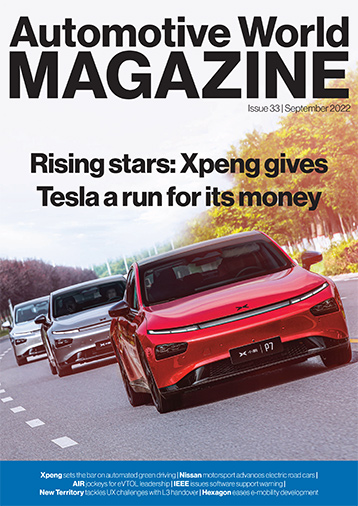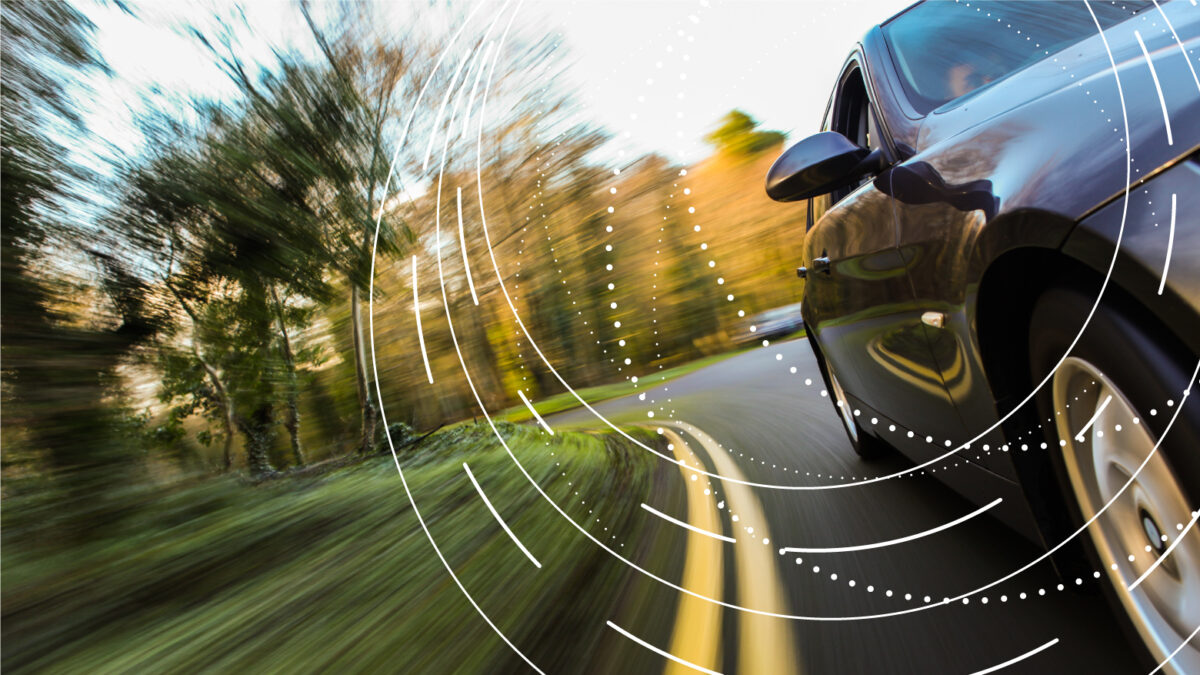Back in the 1970s when I was coming of age, cars had radios with mechanical tuners and a handful of preset buttons. If you were lucky, they had both AM and FM bands and for those that really splurged, maybe a cassette or 8-track tape player. Computers were nowhere to be found and aside from a 12V power supply, it had no interaction with the rest of the car. Today, the centre of the dashboard is typically dominated by a large fully colour display that handles a myriad of functions and has come to be known by the portmanteau “infotainment.”
As vehicles become increasingly automated and the seemingly endless feature list becomes increasingly padded, the information and entertainment—or infotainment—system becomes an ever more important aspect of the vehicle. In fact, the age of electrification makes a great infotainment system even more critical as a differentiator. But doing infotainment right also requires a heavy focus on usability and safety.
Making a product unique
For the past century, automakers have created differentiation between their products and those of competitors through styling, handling and the feel of the powertrain. Engines from different brands often had distinctly different characters such as sound, vibration and the nature of the power delivery. But electric motors all sound and feel pretty much the same. The importance of aerodynamics to maximising electric vehicle (EV) range also leads to some commodification of the shape that is further exacerbated by the market shift from cars to crossover utility vehicles.
Thus, creating a distinct user experience often comes down to how the human machine interface and particularly the infotainment looks and performs. Unfortunately, for many automakers, that poses a major challenge. Software is by no means a new thing in automotive. Electronic control systems for everything from engines to brakes have been de riguer since the 1970s. But that software was always deeply embedded in mostly low powered electronic control units (ECUs) with no direct user interface.

The world of infotainment has more in common with smartphone and tablet apps and operating systems than powertrain management. Automakers have really only started to aggressively recruit software developers and user interface designers with those skills in recent years. However, great, visually appealing and responsive software also needs a robust compute platform on which to run. Here again, the world of mobile comes to the rescue.
Design for functionality
Early attempts at rich touch interfaces in the car were at best hit and miss and in many cases complete disasters. Case in point was the MyFord Touch system launched on Ford and Lincoln vehicles in 2010. The user interface was bad, with small touch targets that were hard to hit with an outstretched fingertip while also trying to drive. Piling on the pain was the fact that even if a driver hit the target, sometimes it would take many seconds for something to happen. When things did happen, it wasn’t uncommon for the result to be a complete system crash and reboot. Exactly what you don’t want while trying to drive a car.
The roots of the problems could be traced back to a combination of bad interface design, poorly coded, running on silicon that was simply not up to the task being demanded of it. Now in the 2020s, the situation has vastly improved. The touchscreens have become substantially larger with 12-inch diagonal displays quickly becoming the minimum and screens that span the entire dashboard already available in China. That extra real estate allows for more map area to be displayed while driving, reducing the need for scrolling. Touch targets are much larger and easier to tap. The interfaces are also being flattened out, keeping the most common functions at the top level to reduce digging through menus.
Driving all of those pixels requires some substantial computing horsepower. Nvidia, which built its reputation with some of the fastest video game graphics processors in the industry, has ramped up its presence in automotive. Nvidia now uses its chip design expertise for graphics engines to drive the screens as well as neural processing units to power advanced driver assist systems. Qualcomm, the leading vendor of smartphone chips for smartphones not made by Apple, also has a growing market share in both of these sectors.
Modern infotainment has evolved into a safety critical system and must be treated as such by designers and developers
While many automakers’ in-house developed software has dramatically improved in recent years, it’s still not always what users want. It seems most people today spend more time using their smartphones and tablets than driving their cars and they want a similar user experience in both including using many of the same apps.
Bringing mobile connectivity to the dashboard
Apple and Google, the companies responsible for the two dominant mobile operating systems, each offer a system that can project content from a paired smartphone to the screen in the vehicle. Apple CarPlay and Android Auto are now available in almost every new vehicle sold in North America and Europe. Both of these systems rely on a connected phone to run mapping, media streaming and messaging apps while driving. There are now multiple automakers shipping vehicles with the full Android Automotive operating system that eliminates the need to connect a smartphone and runs apps like Google Maps, Assistant and many others directly on the vehicle.
An important component of Android Automotive is access to the Google Assistant voice interface system. Embedded voice recognition has been the bane of automakers for two decades since BMW started relying on it as part of the original iDrive infotainment. These systems had limited processing power in a less than ideal acoustic environment, making lack of accurate recognition a constant frustration for drivers and a cause of poor quality ratings.
With the new generation of infotainment, automakers are relying on the connectivity that is now ubiquitous in new vehicles to enable cloud-based voice recognition like Google Assistant and Amazon’s Alexa voice services. Many new vehicles now contain an embedded default voice control, Alexa and Google Assistant running simultaneously, allowing the driver to use the system of their choice by uttering the appropriate wake word.
Safety first, last and always
As vehicles become ever more feature-rich, the human machine interface (HMI) of infotainment has become not just a product differentiator but also a safety factor. A poorly laid out or non-responsive system can quickly become a distraction for drivers as well as a reason not to buy that brand again.

Just as Apple convinced Blackberry users that a physical keyboard wasn’t actually needed for a phone, companies like Tesla have driven the expectation that everything should be embedded in a touchscreen interface. Unfortunately, driving is a very different task from using a smartphone. A user’s eyes are on the phone screen while operating it. A driver’s eyes should always be on the road (with occasional glances at the mirrors). Certain vehicle controls like audio volume and climate control should always be done with physical switches and knobs that can be activated by feel rather than virtual controls that require eyes on the screen.
A prime example of how this can go very wrong occurred to Randy Pobst and Blake Fuller. Each was driving a Tesla Model S during the 2022 Pikes Peak Hillclimb. As they ran up the mountain, a thick fog caused their windshields to fog up and the defroster control is in the touch menu. Both drivers were wearing gloves which exacerbated the problem of just trying to find the control while racing up the side of a mountain at speeds up to 140mph. These drivers were lucky, but the results could have been tragic.
Modern infotainment has evolved into a safety critical system and must be treated as such by designers and developers. It’s not enough to just make something that looks like a phone, it must be far more functional, reliable and secure. We won’t be going back to the era of mechanical radio tuners and presets, but we do need a balance of physical, tactile controls and well laid out virtual and physical inputs that can be used without a second thought.
About the author: Sam Abuelsamid is Principal Analyst for E-Mobility at Guidehouse Insights





